Will Daylilies Grow In Pots: Tips For Growing Daylilies In Containers
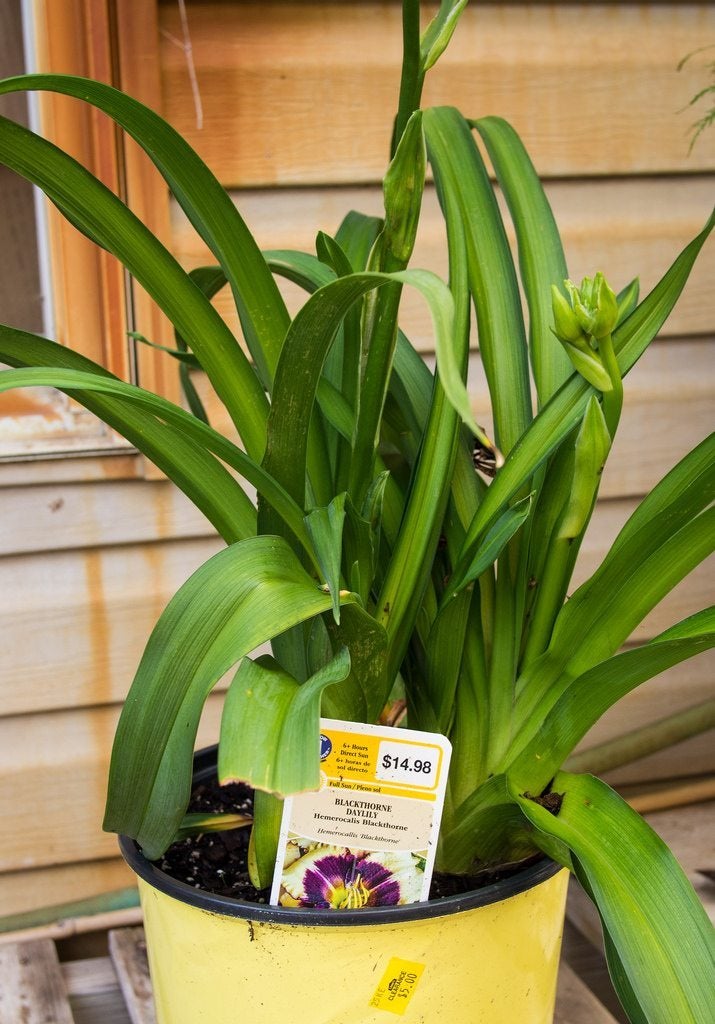

Daylilies are beautiful perennial flowers that are very low maintenance and high reward. They earn a rightful place in plenty of flower beds and garden path borders. What if you want to bring that reliable and exuberant color onto your porch or patio? Can you grow daylilies in containers? Keep reading to learn more about how to grow potted daylily plants.
Can You Grow Daylilies in Containers?
Will daylilies grow in pots? Absolutely. Daylilies are well suited to container life, as long as they have enough room to grow. The smaller the variety (and there are some small ones out there), the better they will be able to grow in a pot. As a rule, you shouldn’t plant full sized daylilies in anything smaller than a gallon container.
Caring for Daylilies in Containers
Container grown daylilies need lots of water. Container plants always dry out faster than their garden counterparts, and in the heat of summer you will have to water yours about once a day. Plant your potted daylily plants in rich soilless potting mix. Daylilies need full sun in order to thrive and bloom well. Place your containers in a spot that receives at least six hours of sun per day. More is better, though varieties that produce dark colored flowers will benefit from a little shade. Daylilies are very cold hardy, but container plants are always more susceptible to winter damage. If you live in USDA zone 7 or below, you should protect your plants in the winter. Placing your containers in an unheated garage or basement ought to be enough to keep them safe. Of course, the colder your winter, the more protection they will need. As soon as spring hits, you can move your containers back out into the sun to get them blooming again quickly.
Gardening tips, videos, info and more delivered right to your inbox!
Sign up for the Gardening Know How newsletter today and receive a free copy of our e-book "How to Grow Delicious Tomatoes".

The only child of a horticulturist and an English teacher, Liz Baessler was destined to become a gardening editor. She has been with Gardening Know how since 2015, and a Senior Editor since 2020. She holds a BA in English from Brandeis University and an MA in English from the University of Geneva, Switzerland. After years of gardening in containers and community garden plots, she finally has a backyard of her own, which she is systematically filling with vegetables and flowers.
-
 Zinnias On Repeat: 10 Glorious Cut-And-Come-Again Varieties For Endless Summer Bouquets
Zinnias On Repeat: 10 Glorious Cut-And-Come-Again Varieties For Endless Summer BouquetsThese zinnia varieties keep giving all summer, making them the perfect choice for dedicated cutting gardens – or just the occasional homegrown bouquet.
By Ellen Wells
-
 Create A Romantic Garden Straight Out Of Bridgerton: Regency Era Romance In Your Garden
Create A Romantic Garden Straight Out Of Bridgerton: Regency Era Romance In Your GardenTry some romantic garden ideas straight out of Bridgerton. Flowers and gardens in the Regency era were lush and charming and you can get the same look!
By Bonnie L. Grant
-
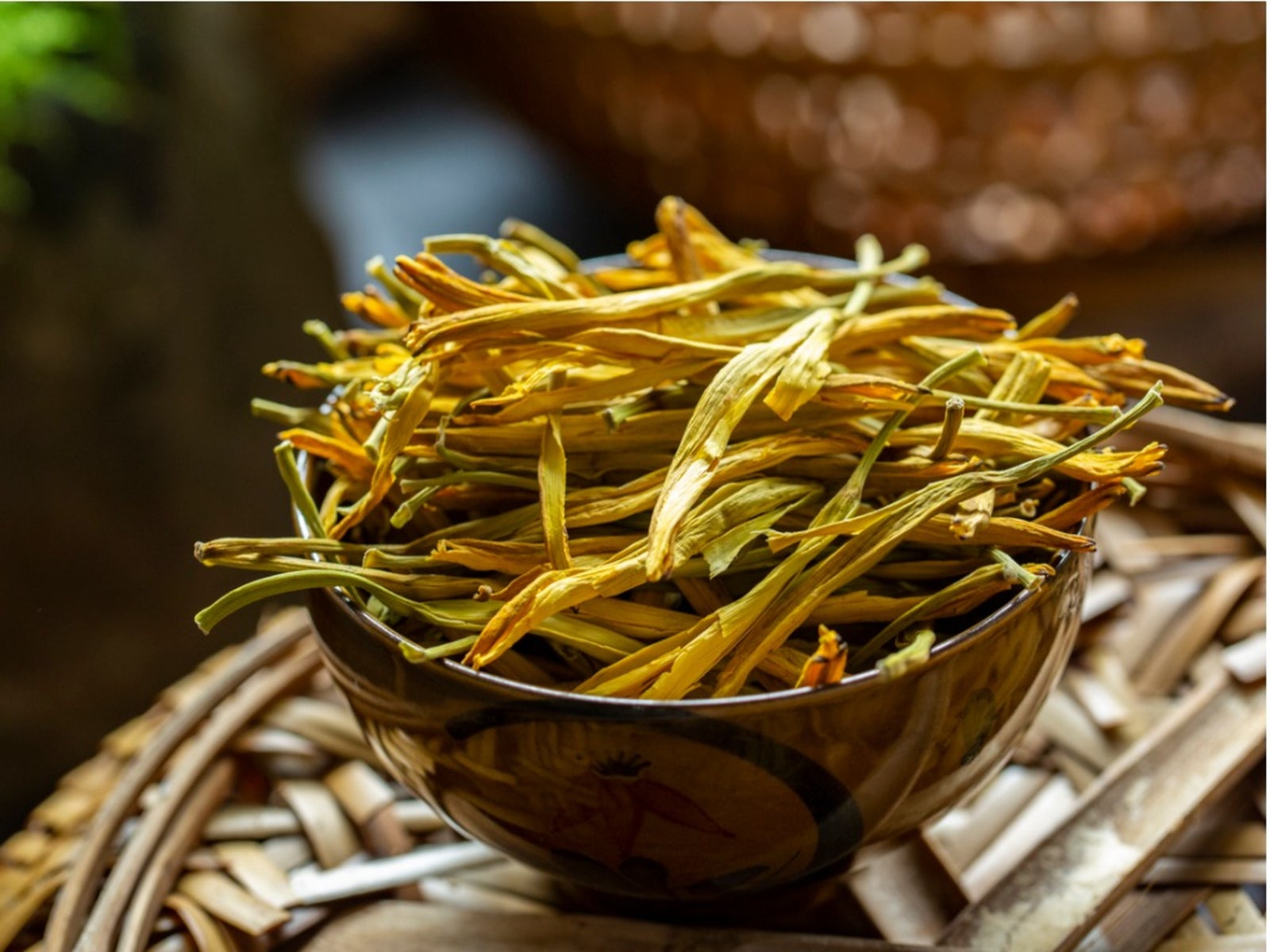 Are Daylilies Edible - Can I Eat Daylilies
Are Daylilies Edible - Can I Eat DayliliesDaylilies are easy to grow and produce fantastic blooms. Their laissez faire nature and hardiness make them ideal landscaping plants. If you are a garden grazer, you may wonder, "can I eat daylilies?" And if they are, which daylilies are edible? The wonderful answer is contained below.
By Bonnie L. Grant
-
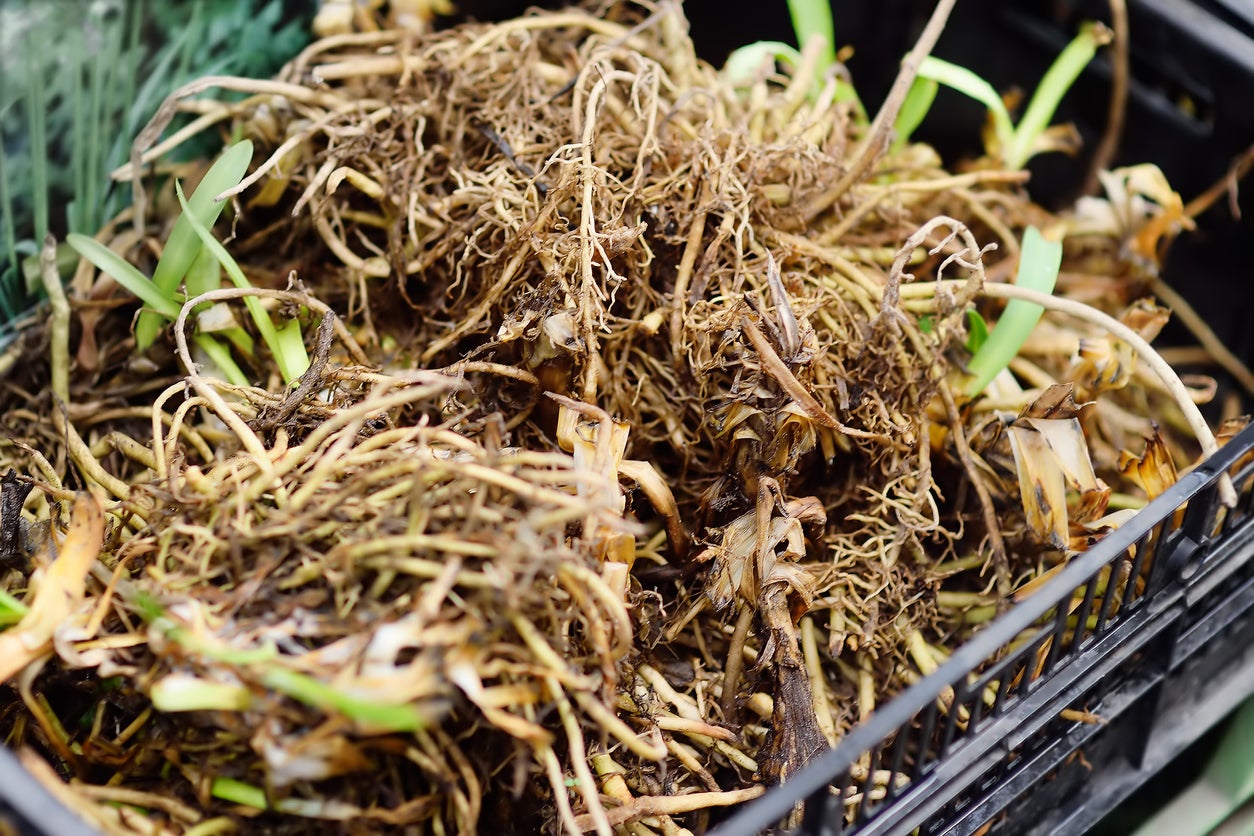 Daylily Tuber Winter Care – Learn About Overwintering Daylily Plants
Daylily Tuber Winter Care – Learn About Overwintering Daylily PlantsDaylilies are some of the toughest flowers around, but if you’re concerned about daylily plants in winter, digging and storing daylily tubers isn’t a bad idea, especially in climates north of USDA plant hardiness zone 5. Click this article to learn what to do with daylilies in winter.
By Mary H. Dyer
-
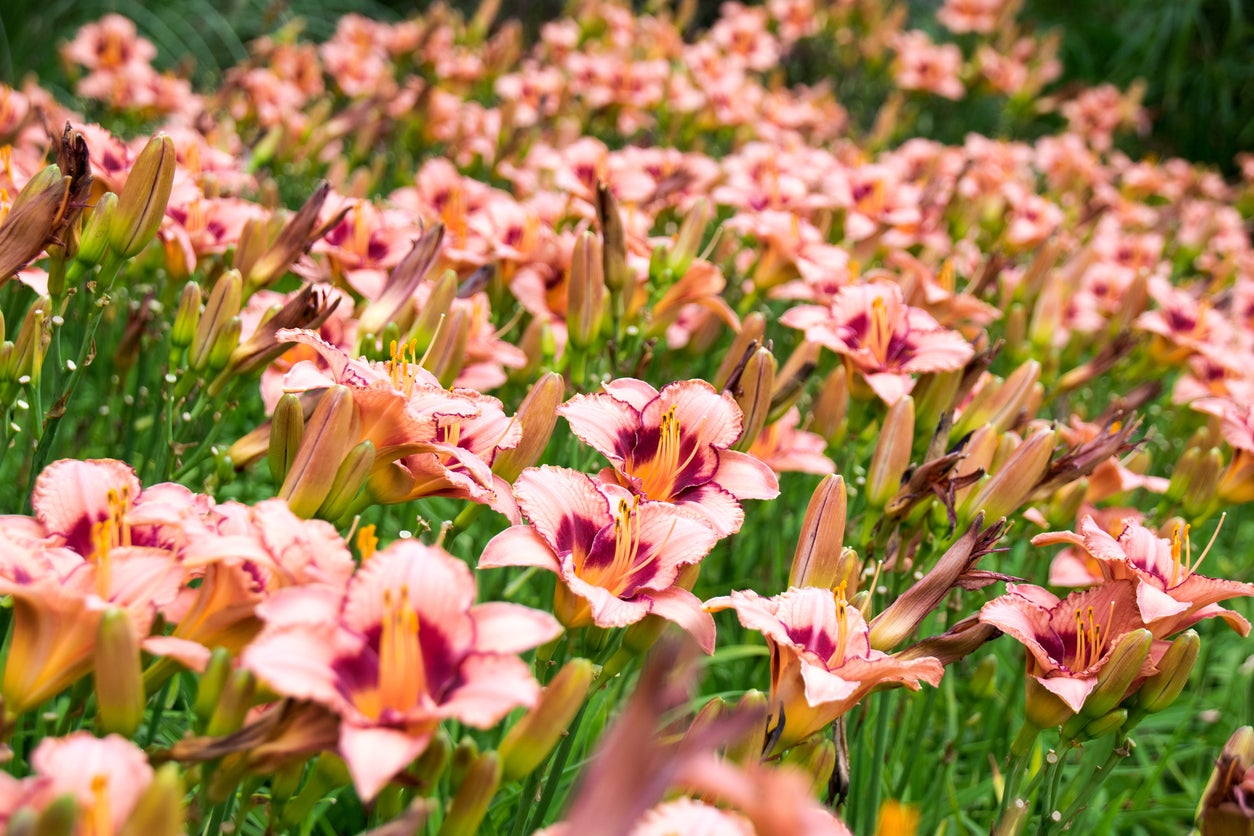 Daylily Division Guide: Learn How And When To Divide Daylilies
Daylily Division Guide: Learn How And When To Divide DayliliesDaylilies are pretty perennials with striking blooms, each of which only lasts for one day. They don’t require much care once established, but dividing daylilies should be done every few years to keep them healthy and blooming. Learn when and how to do this here.
By Mary Ellen Ellis
-
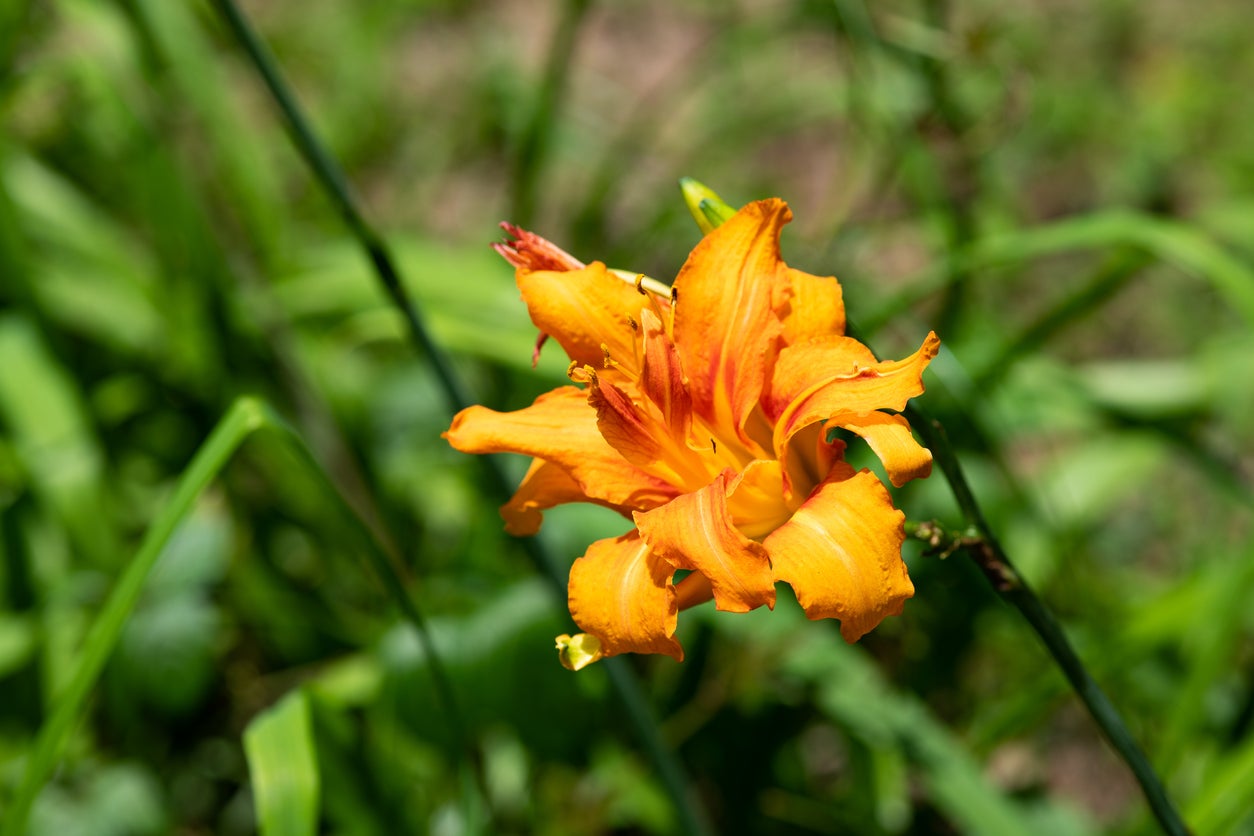 How And When To Cut Back Daylilies: Daylily Trimming Made Simple
How And When To Cut Back Daylilies: Daylily Trimming Made SimpleDaylily trimming after bloom time will keep these beauties tidy and disease-free. Trim the plants back after they bloom and before you divide them.
By Mary Ellen Ellis
-
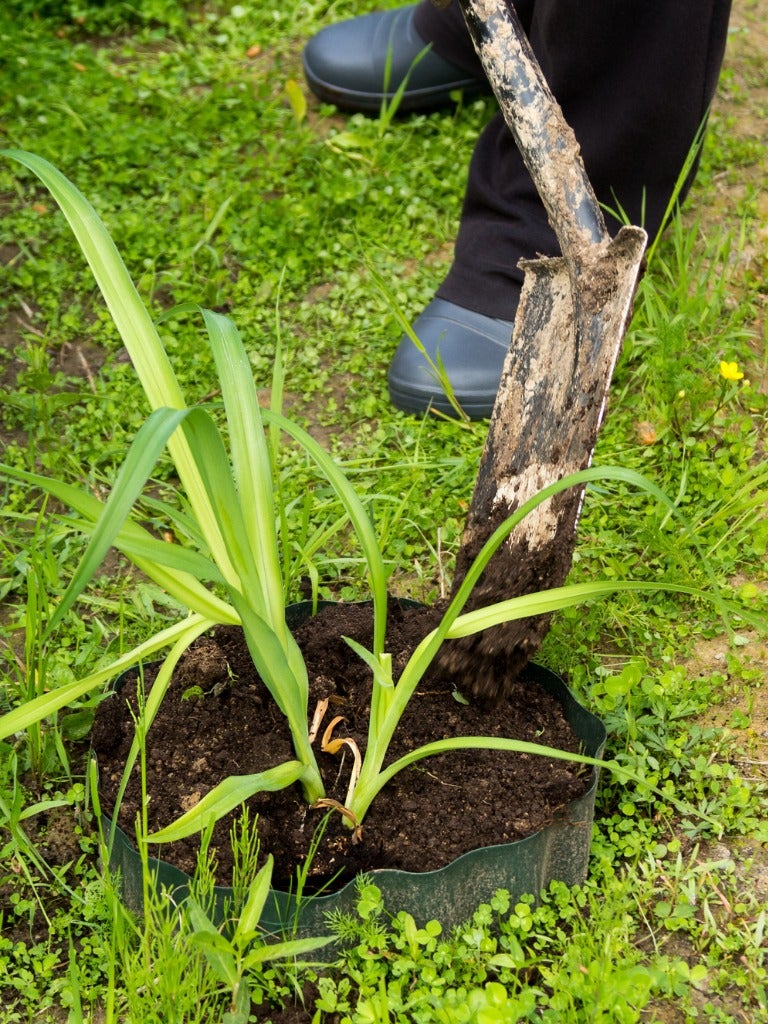 How To Transplant Daylilies: Learn About Moving Daylilies In The Garden
How To Transplant Daylilies: Learn About Moving Daylilies In The GardenDaylilies like to be divided every three to five years for optimal blooming. Moving and transplanting daylilies takes a little finesse. The following information on how and when to transplant daylilies will have you an old pro at dividing and moving daylilies in no time.
By Amy Grant
-
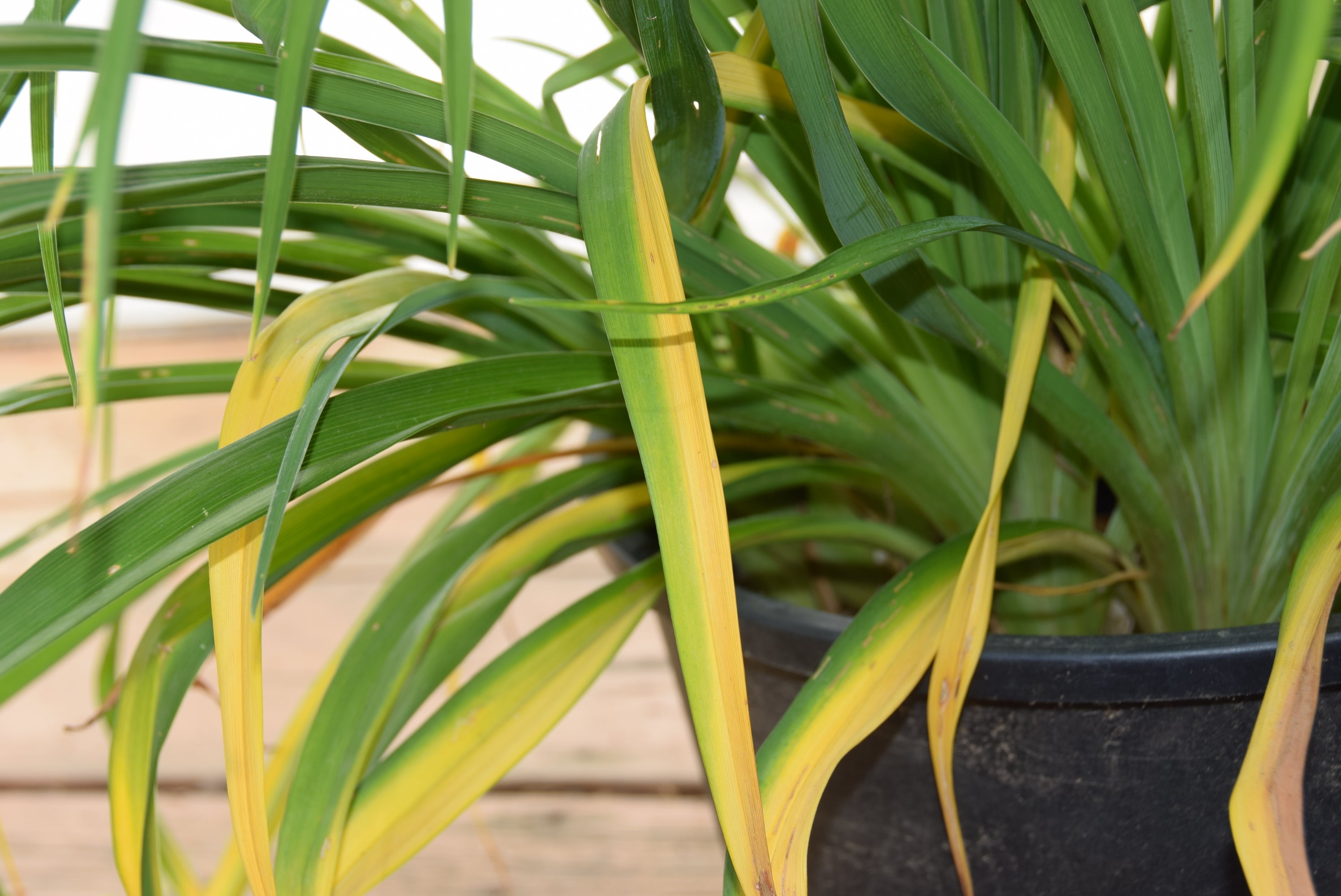 Streaks On Daylily Leaves: Learn About Daylily Leaf Streak Disease
Streaks On Daylily Leaves: Learn About Daylily Leaf Streak DiseaseDaylily plants are among one of the most popular perennial landscaping flowers. While robust, there are some issues that may cause these plants to struggle in the garden. Daylily leaf streak, for instance, can cause distress. Learn more about this disease here.
By Tonya Barnett
-
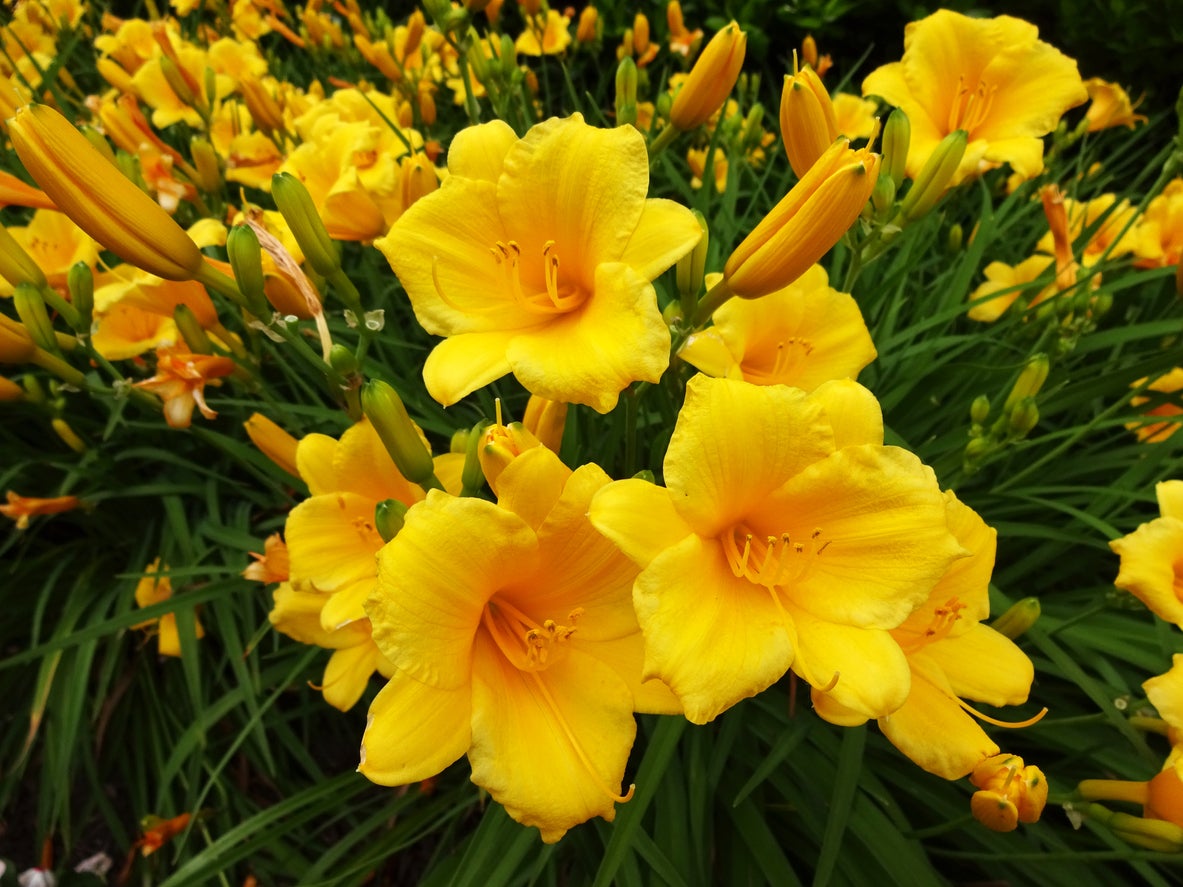 Deadheading Daylily Flowers: Is It Necessary To Deadhead Daylilies
Deadheading Daylily Flowers: Is It Necessary To Deadhead DayliliesThe daylily plant will only bloom for one day. Luckily, each plant produces multiple blooms that flower continuously, creating the beautiful display its growers have come to love. But what happens once the blooms fade? Is daylily deadheading necessary? Find out here.
By Tonya Barnett
-
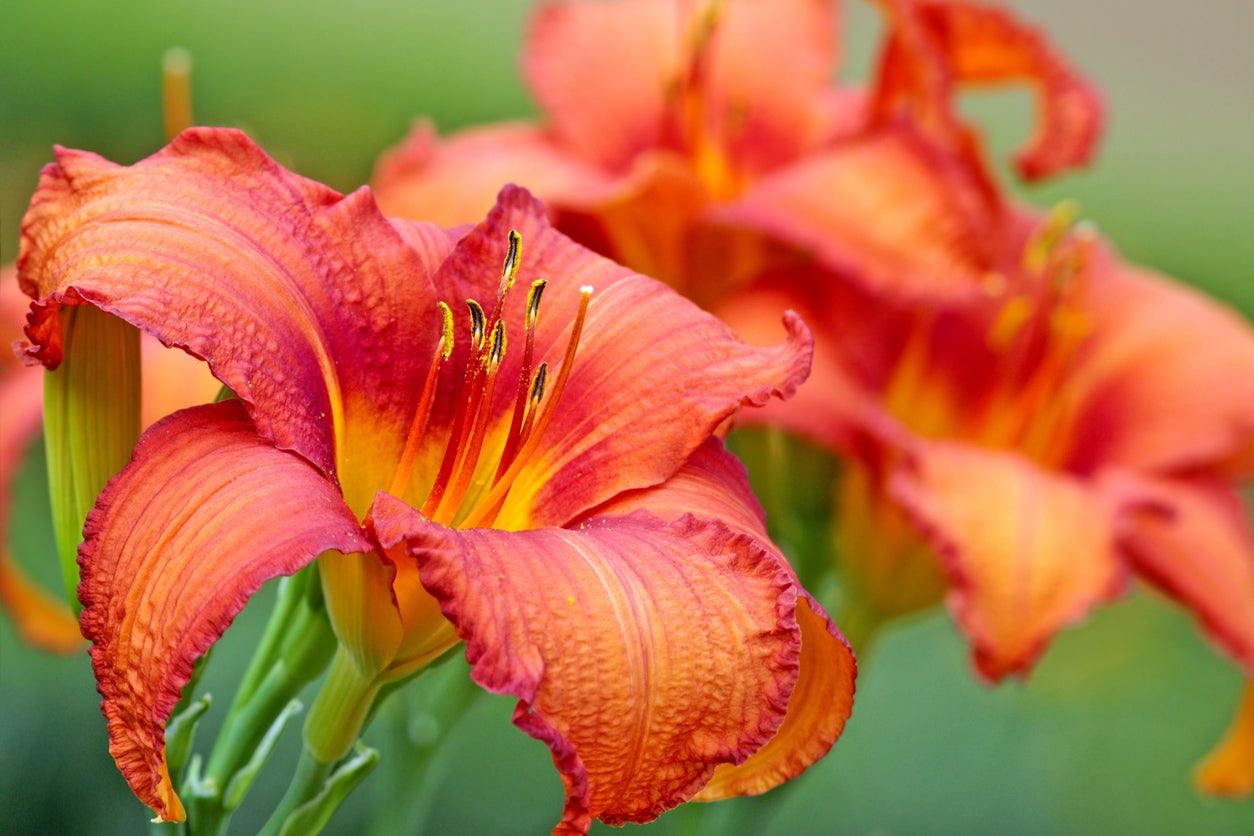 Daylily Fertilizer Needs – How To Fertilize Daylilies
Daylily Fertilizer Needs – How To Fertilize DayliliesDo you need to start fertilizing daylilies? That can depend on the soil. If the soil is poor, feeding these plants may help them to thrive. For more information on daylily food and tips on how to fertilize daylilies, simply click on the following article.
By Teo Spengler